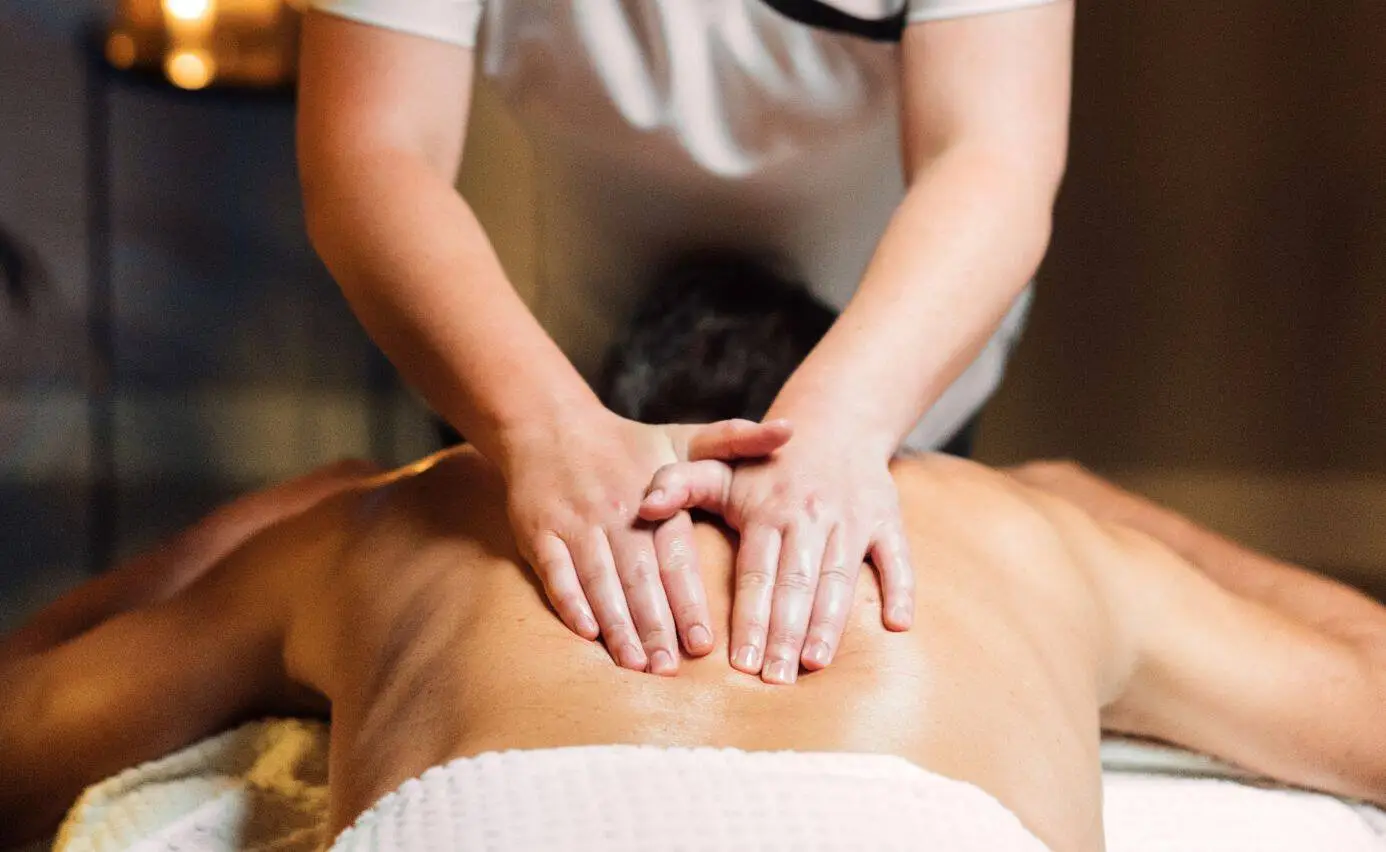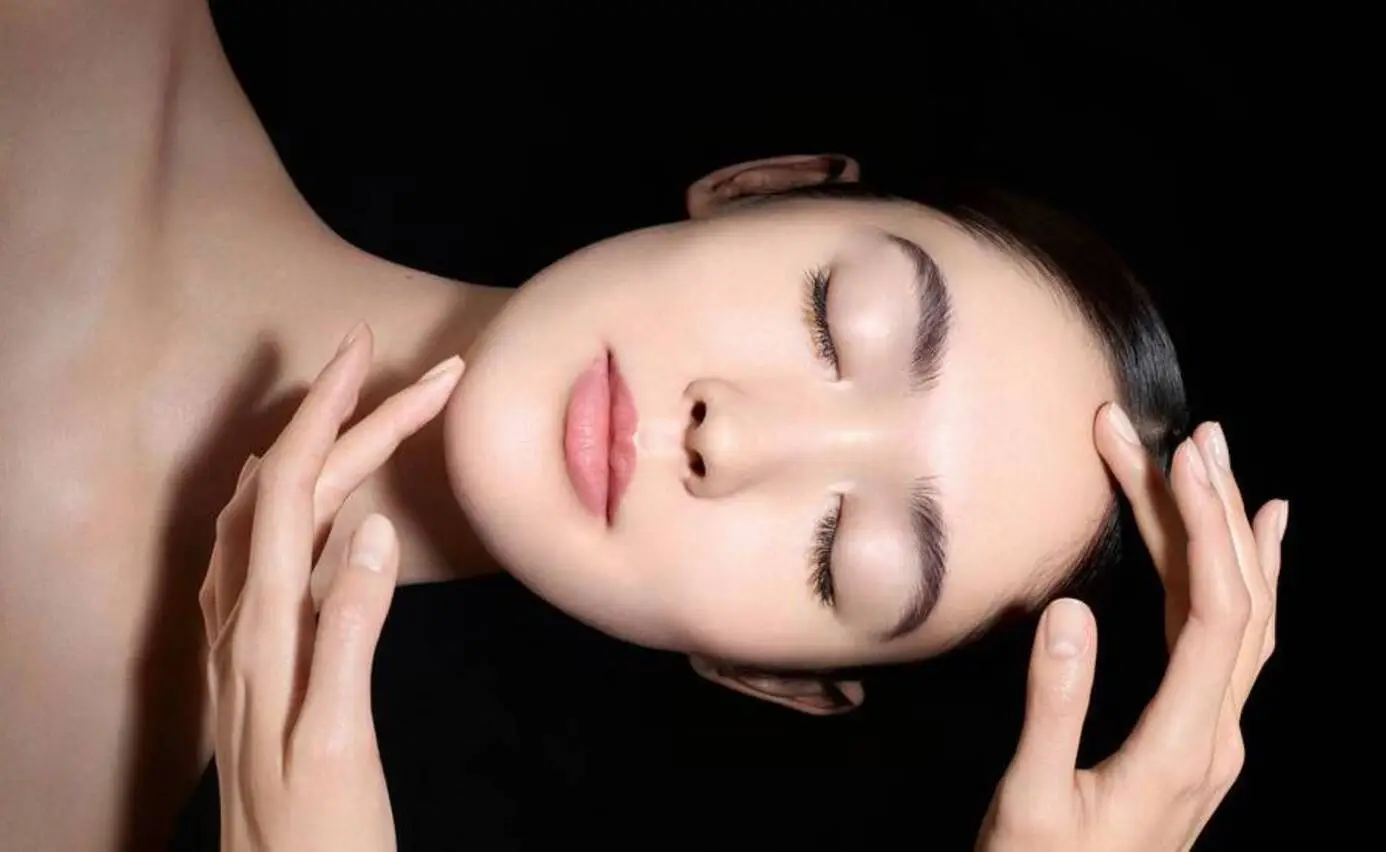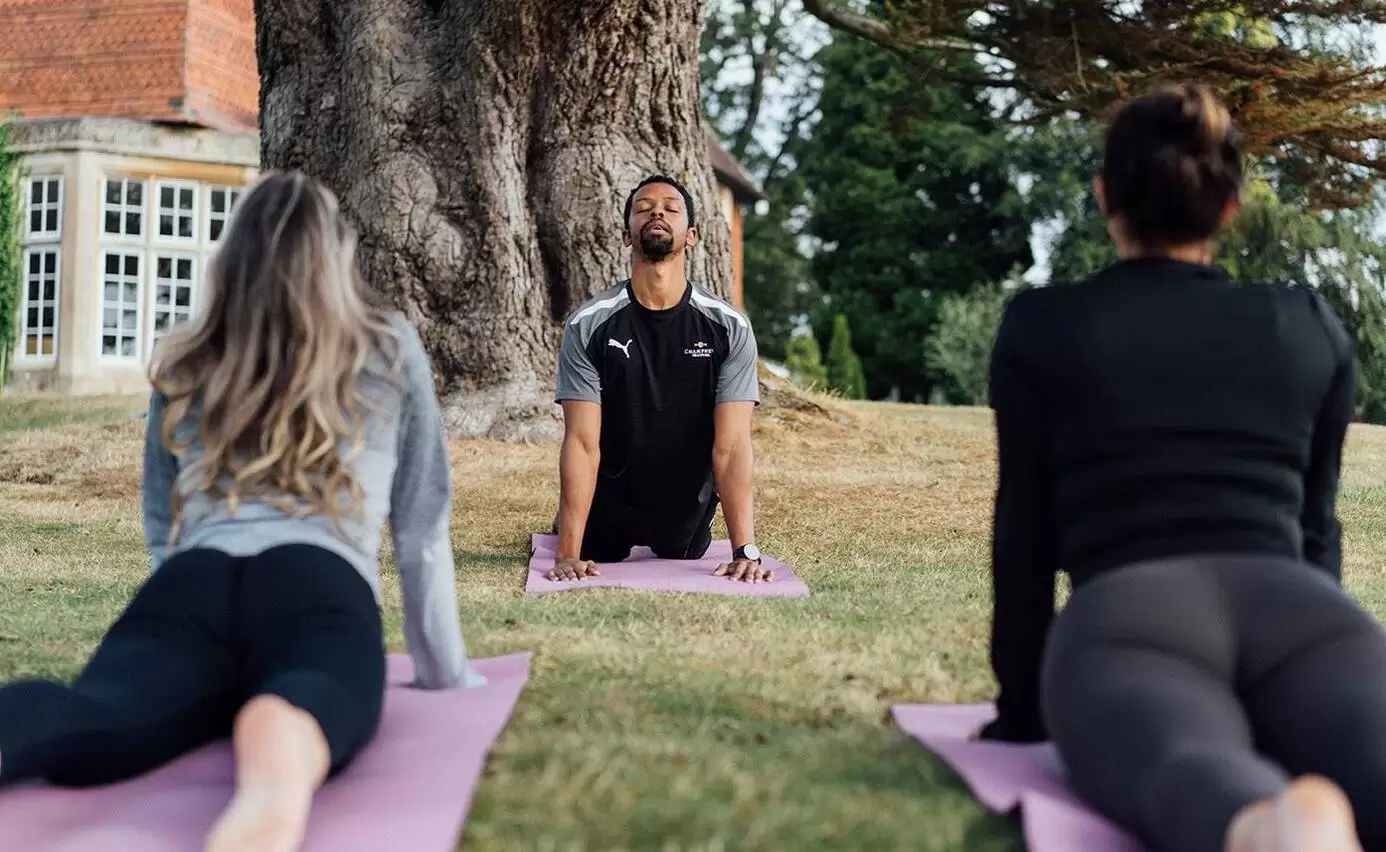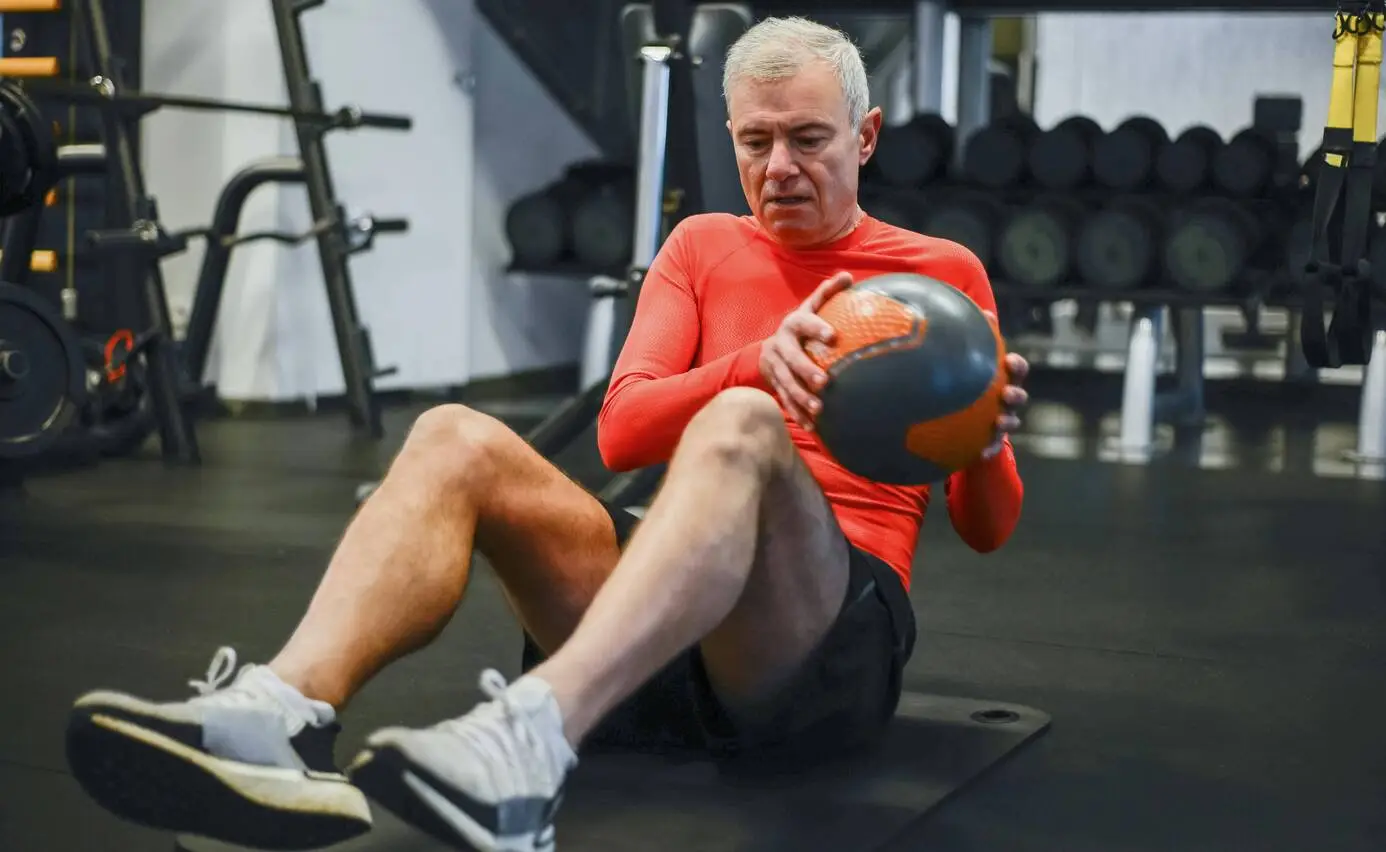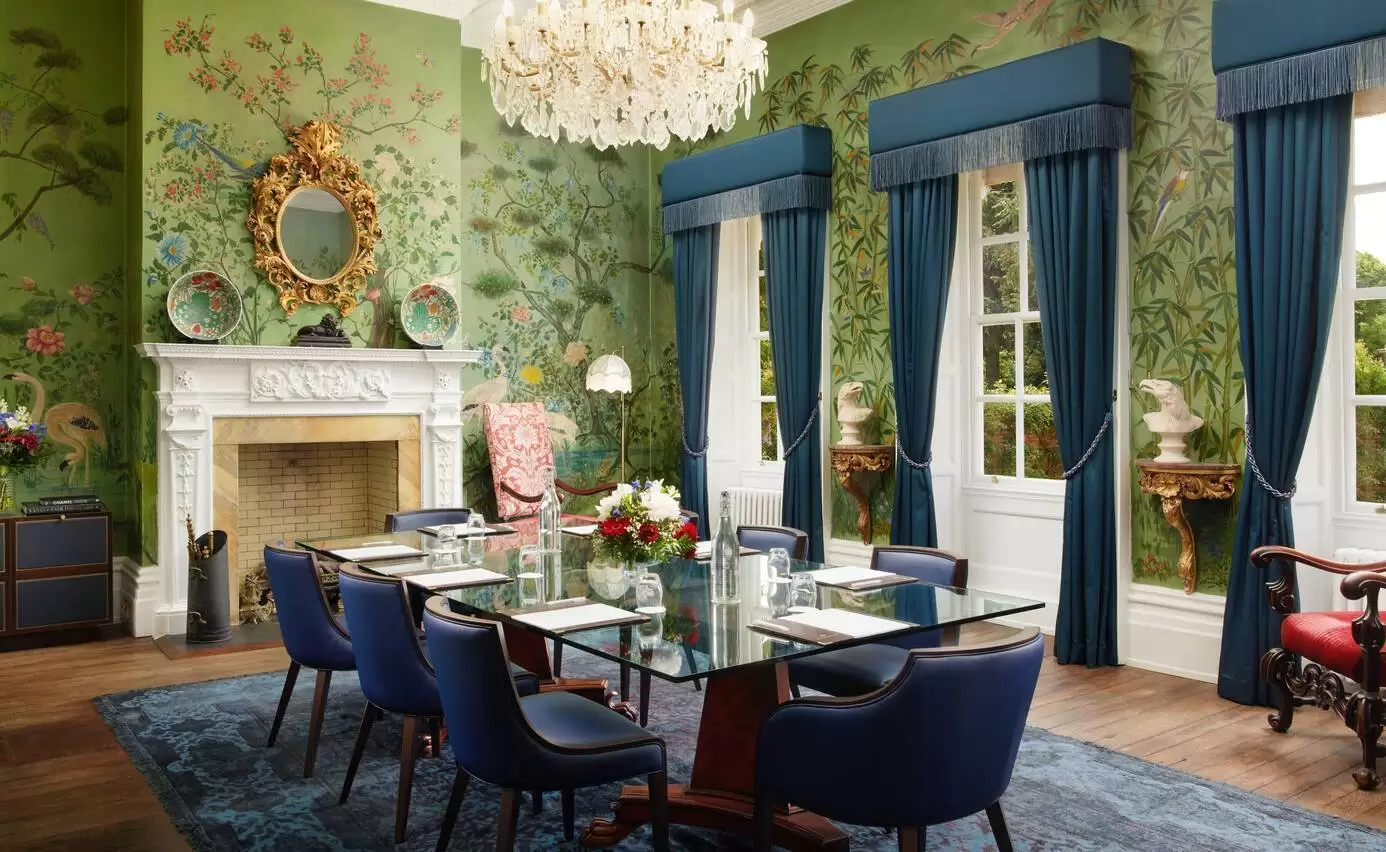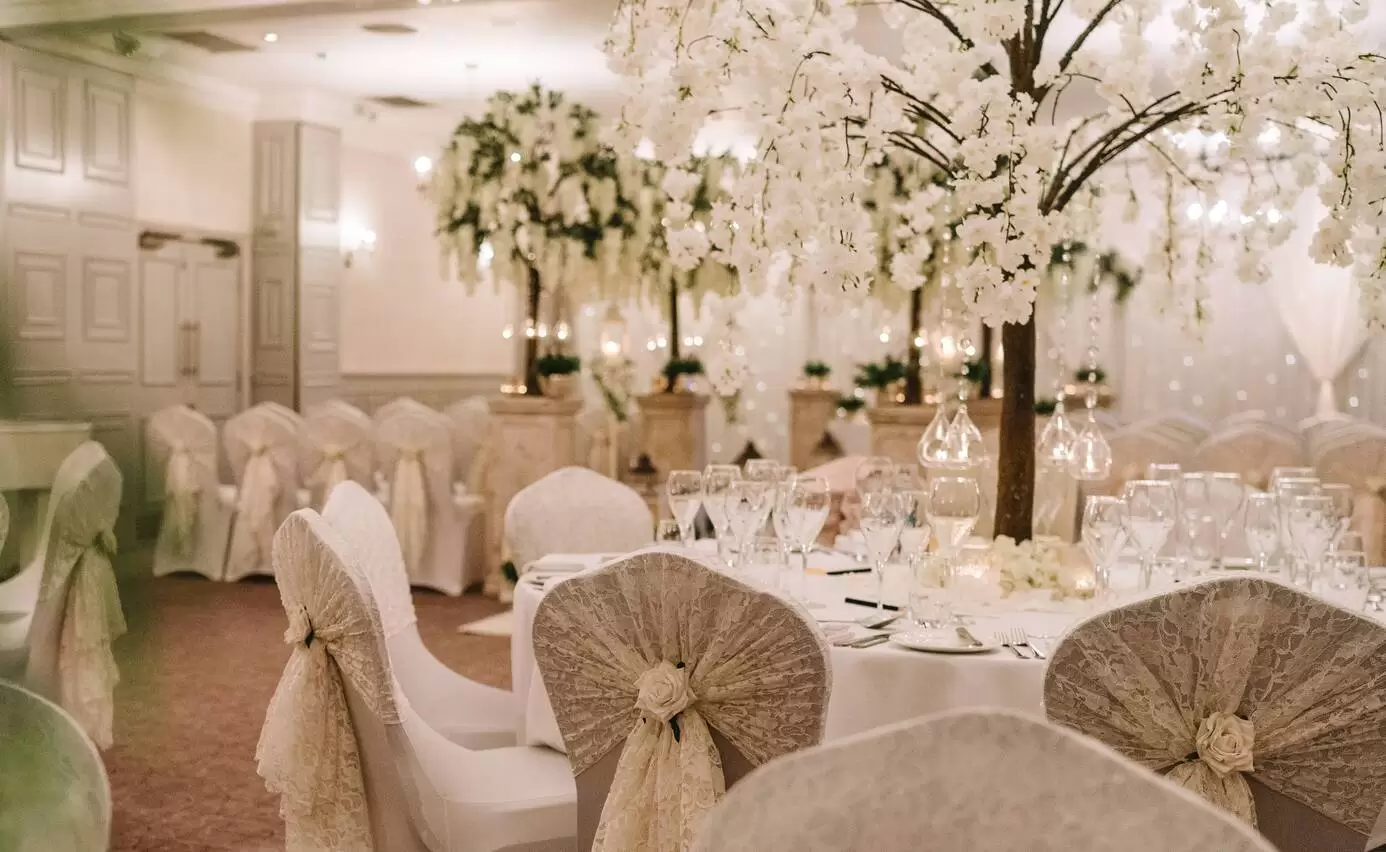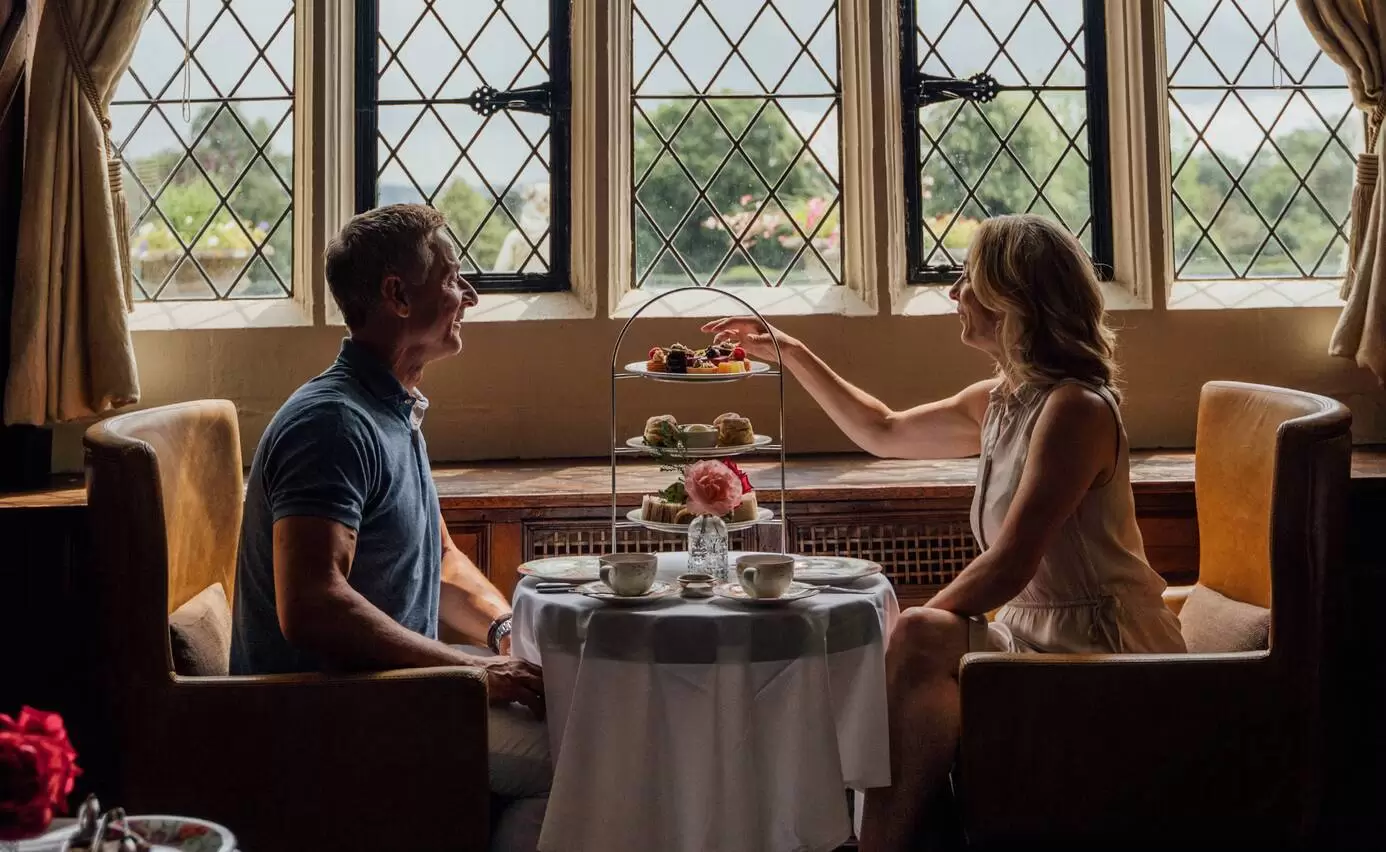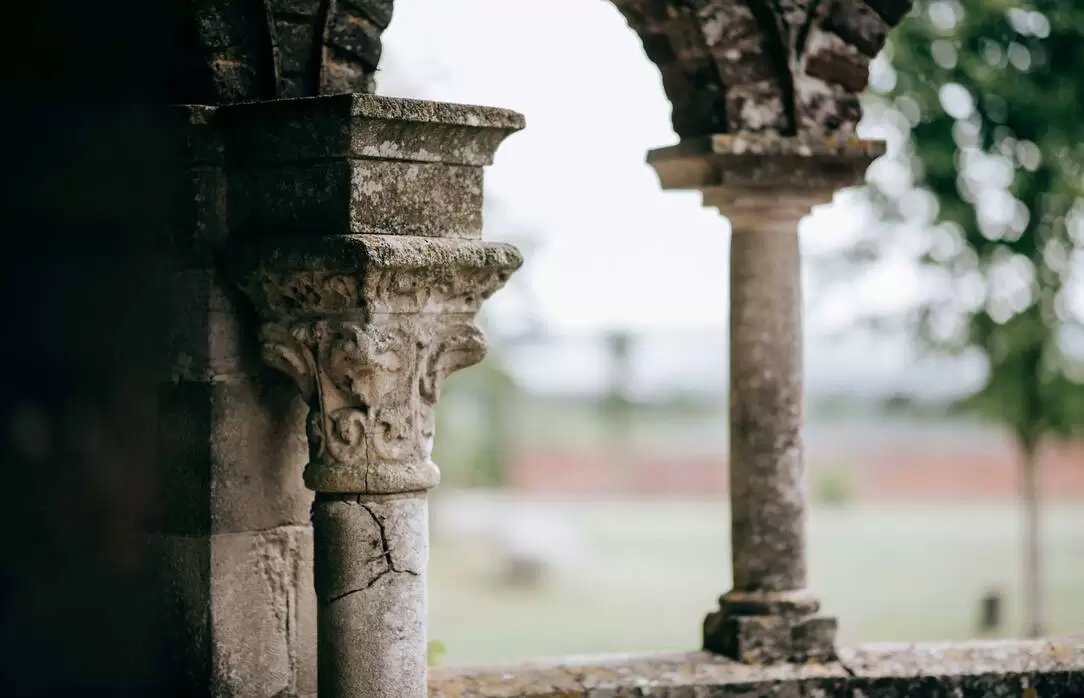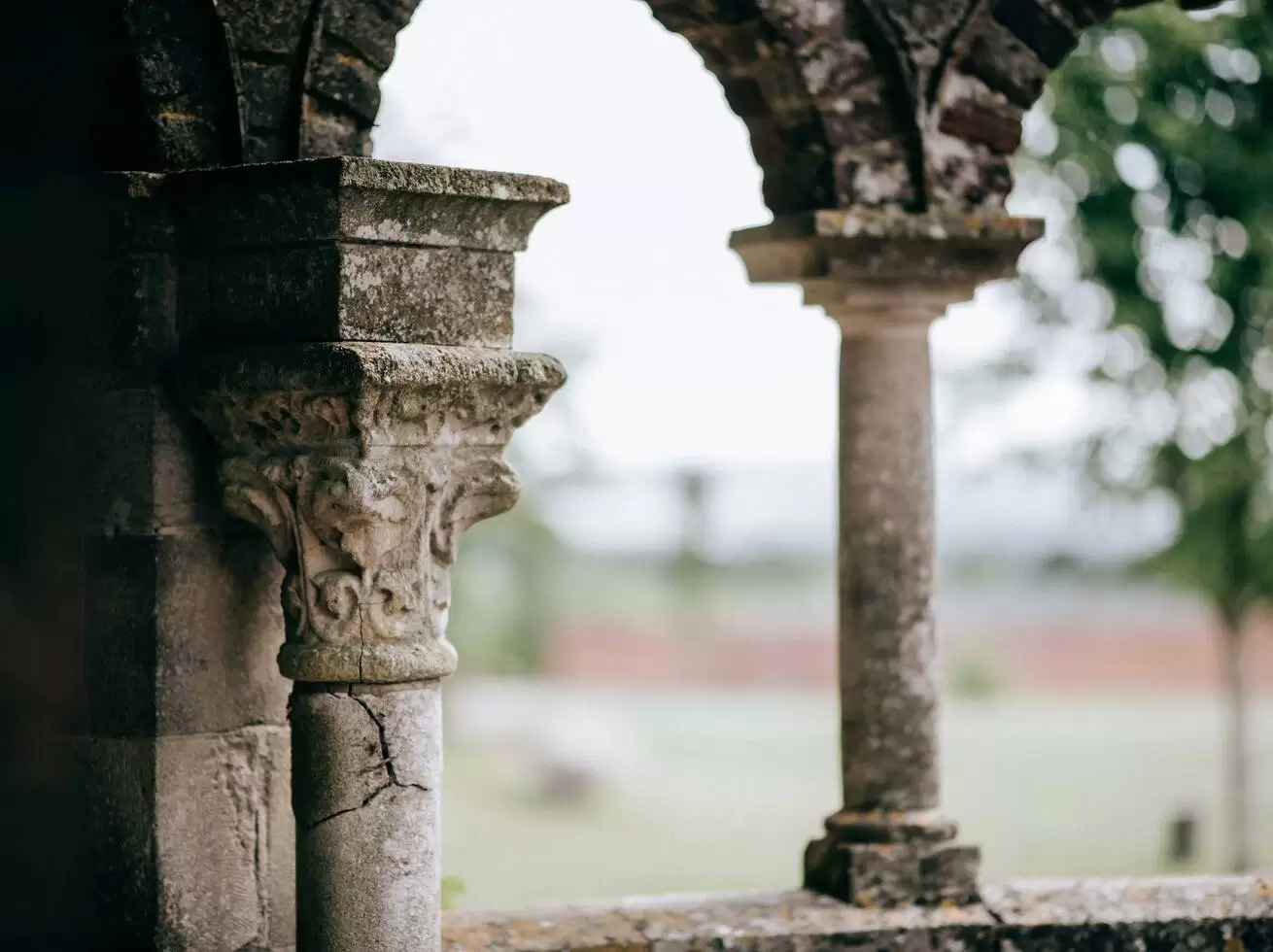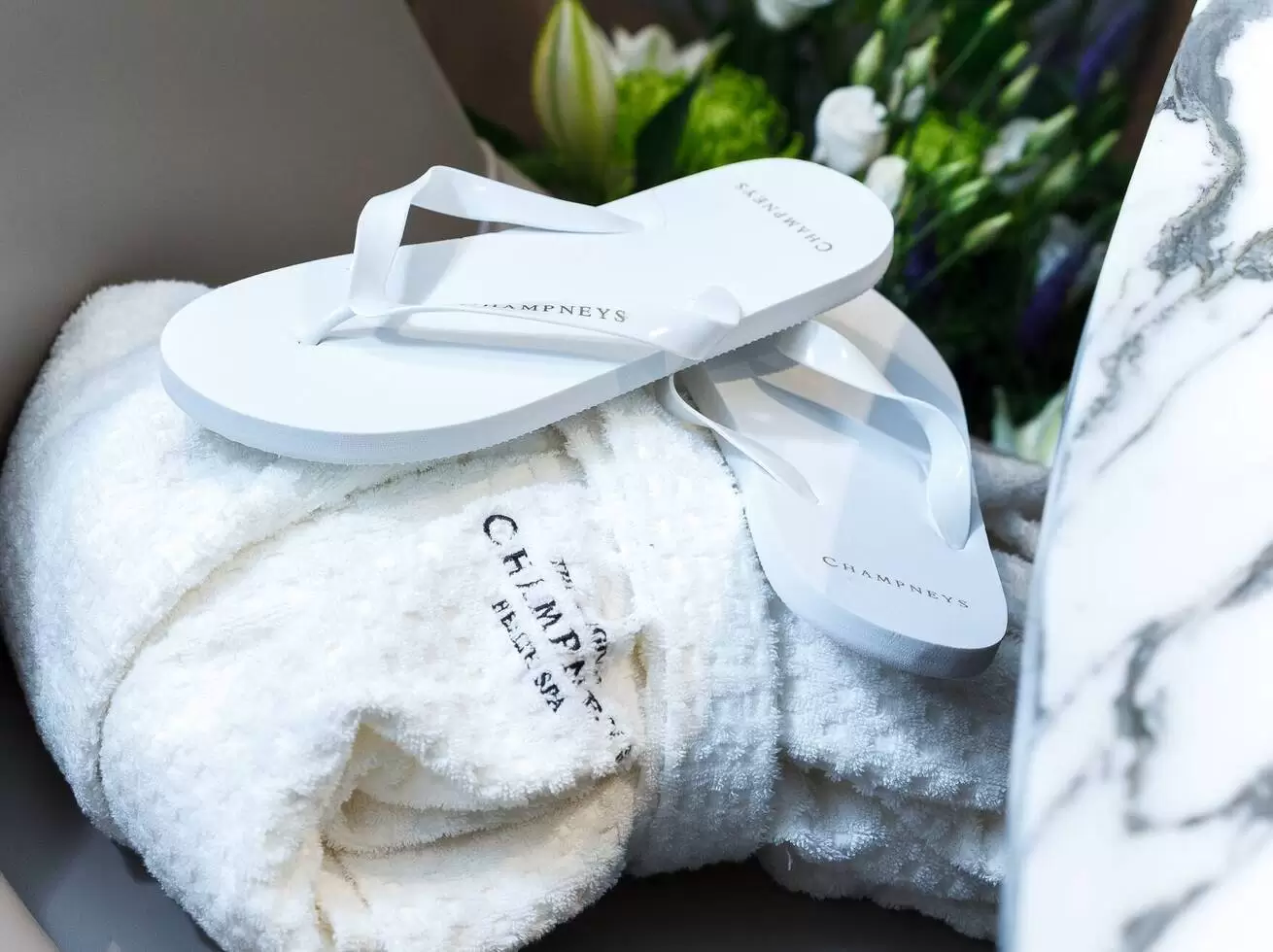A story more than 450 years in the making
The original country house at Eastwell was built for Sir Thomas Moyle between 1540 and 1550. One of the men who was employed on the estate was the bricklayer Richard Plantagenet, who claimed to be an illegitimate son of Richard III.
Much of Eastwell Manor, the building which now serves as a hotel, was built in the Neo-Elizabethan style from 1793-1799 for George Finch-Hatton, 9th Earl of Winchilsea.
In the mid-1860’s, one of the successors of one of the original owners of the house, the 11th Earl of Winchilsea had financial difficulties, which eventually forced him to leave the property. On 4th December 1868 trustees appointed under the Winchilsea Estate Act (1865) entered into a contract to let Eastwell Park, together with its furnishings and effect to the Duke of Abercorn for a period of 5 years.
Eastwell was next occupied in 1874 by Prince Alfred, Duke of Edinburgh, the second son and fourth child of Queen Victoria. He lived here with his family until 1893, when he inherited the Duchy of Saxe-Coburg and Gotha in the German Empire. During this time, Queen Victoria was a frequent visitor (there are photographs of her skating on the lake) as well as Prince Alfred’s older brother, the future Edward VII. In 1875, Prince Alfred’s daughter Princess Marie – who later became Queen of Romania – was born at the house. In 1884, another of Alfred’s children, Princess Beatrice – who later married into the Spanish Royal Family – was also born at Eastwell.
After the First World War, the Eastwell estate faced the same economic problems that also affected many other English stately homes. In the 1920s the main house was severely damaged by a fire and then rebuilt on the same site in 1926-1928. Sir John de Fonblanque Pennefather, Bart who bought Eastwell in 1928, demolished much of the old mansion with the intention of creating a building worthy of the history of Eastwell Manor. The re-building was done with such taste and attention to historic detail, that the house feels as though it has remained untouched for hundreds of years.
Eastwell Manor has now been acquired by Champneys – the UK’s original health spa. And with that comes significant investment. We've transformed the manor house with rich elegant interiors and grand bedrooms, keeping the original charm but adding a stylish touch. Our neighbouring Mews rooms and suites have been refurbished too, with quaint and colourful designs and modern bathrooms, some with standalone roll top baths.
Our Champneys spa has had a complete refit, with luxurious marble features, state of the art equipment and facilities, a relaxed restaurant with light fresh decor and a swimming pool with cosy relaxation beds and seating. We really are the spa to be seen in!


